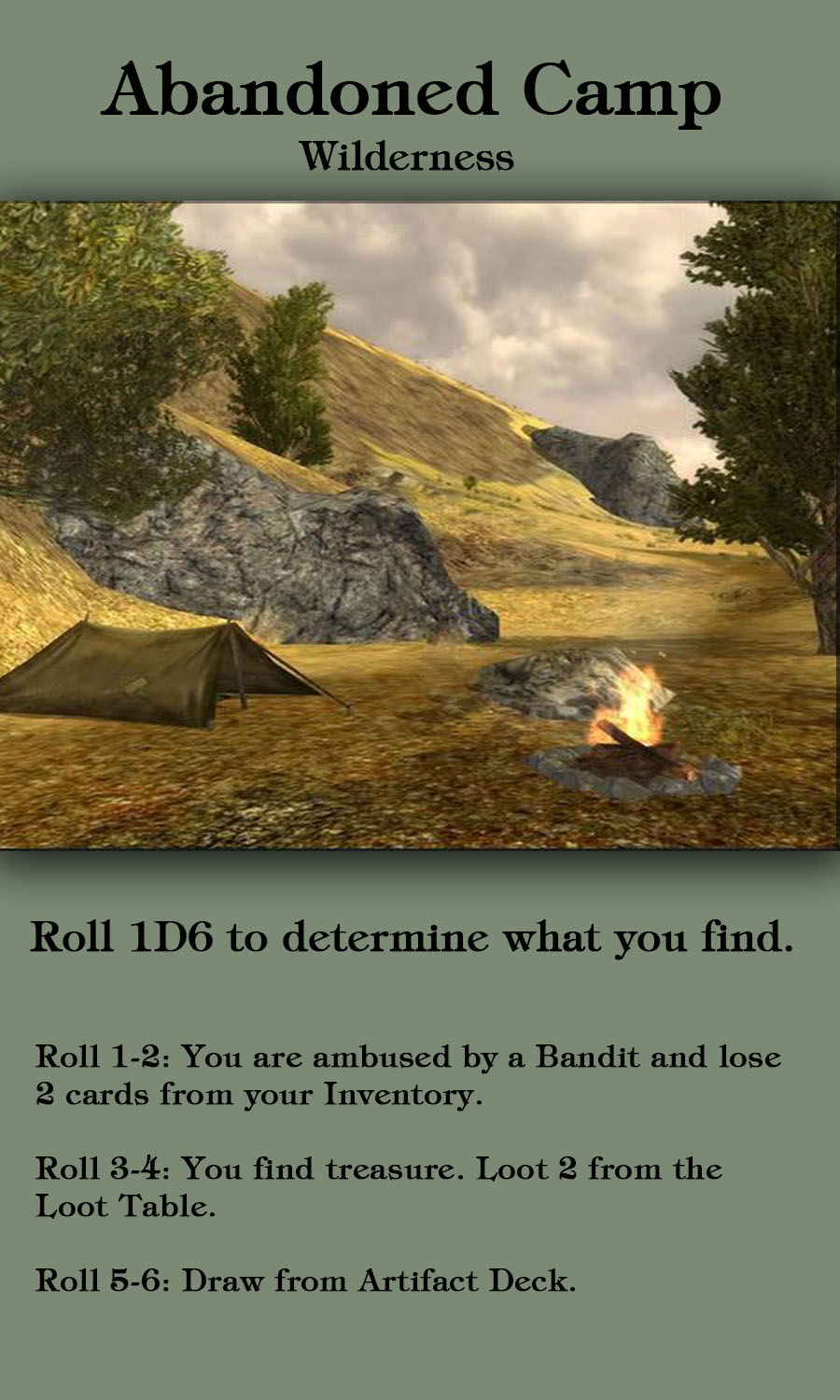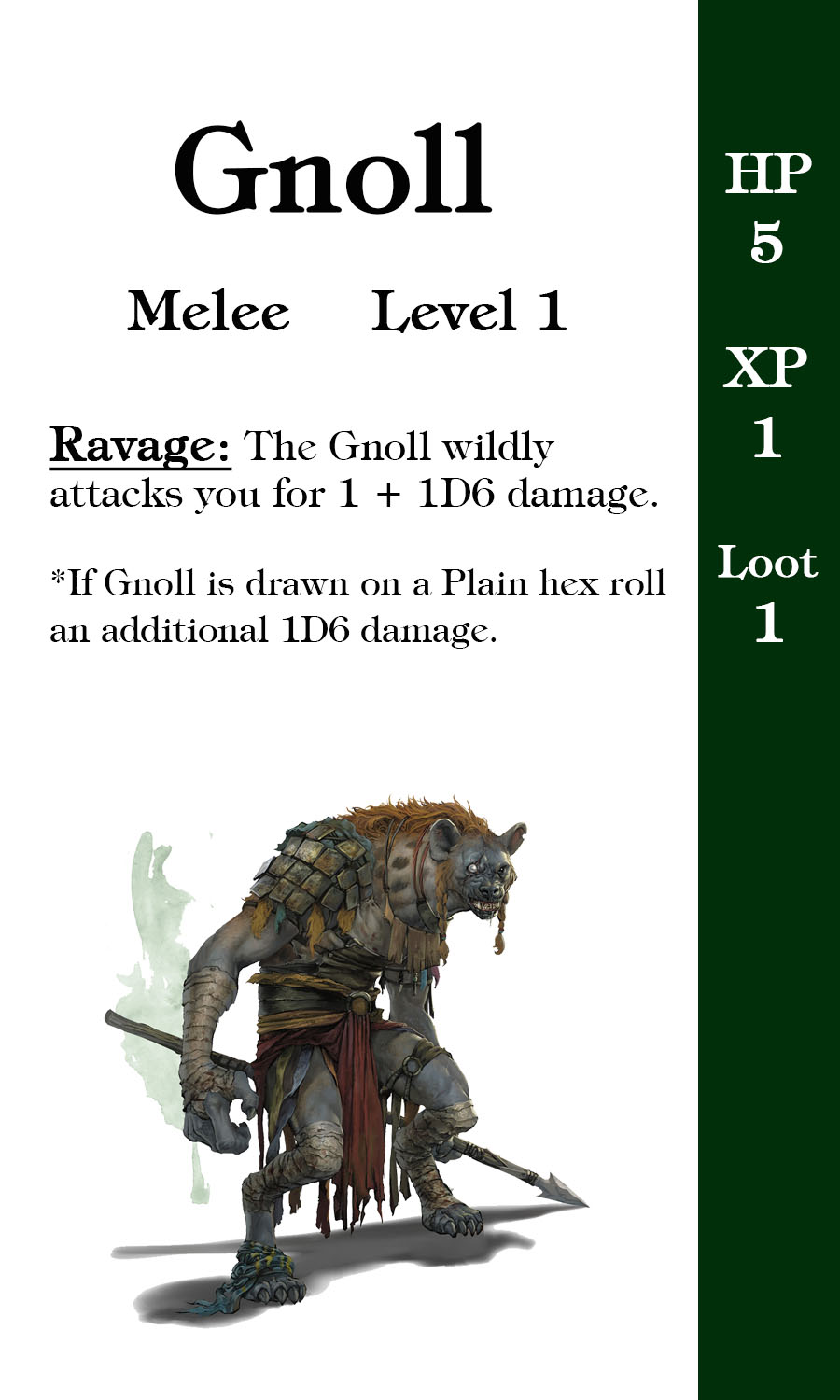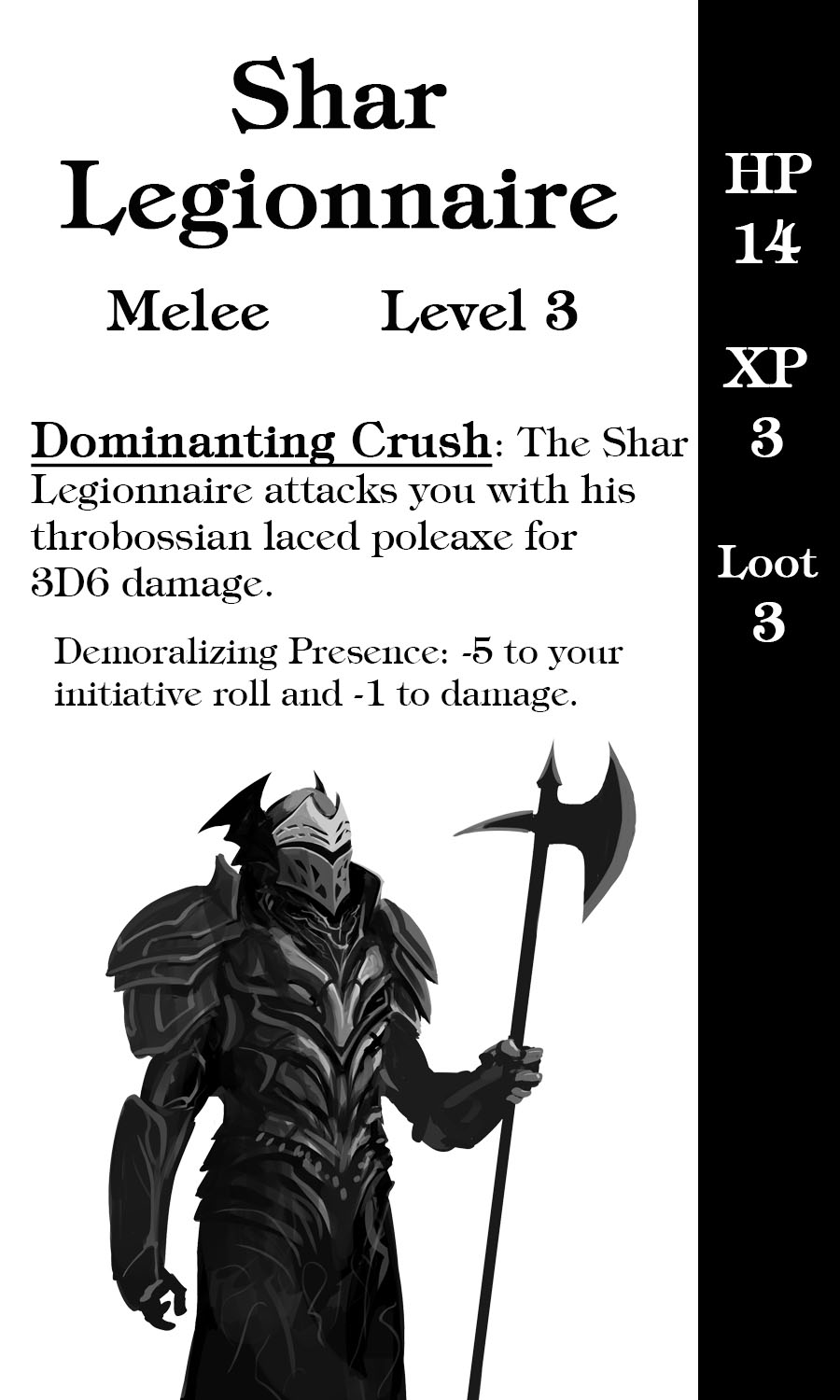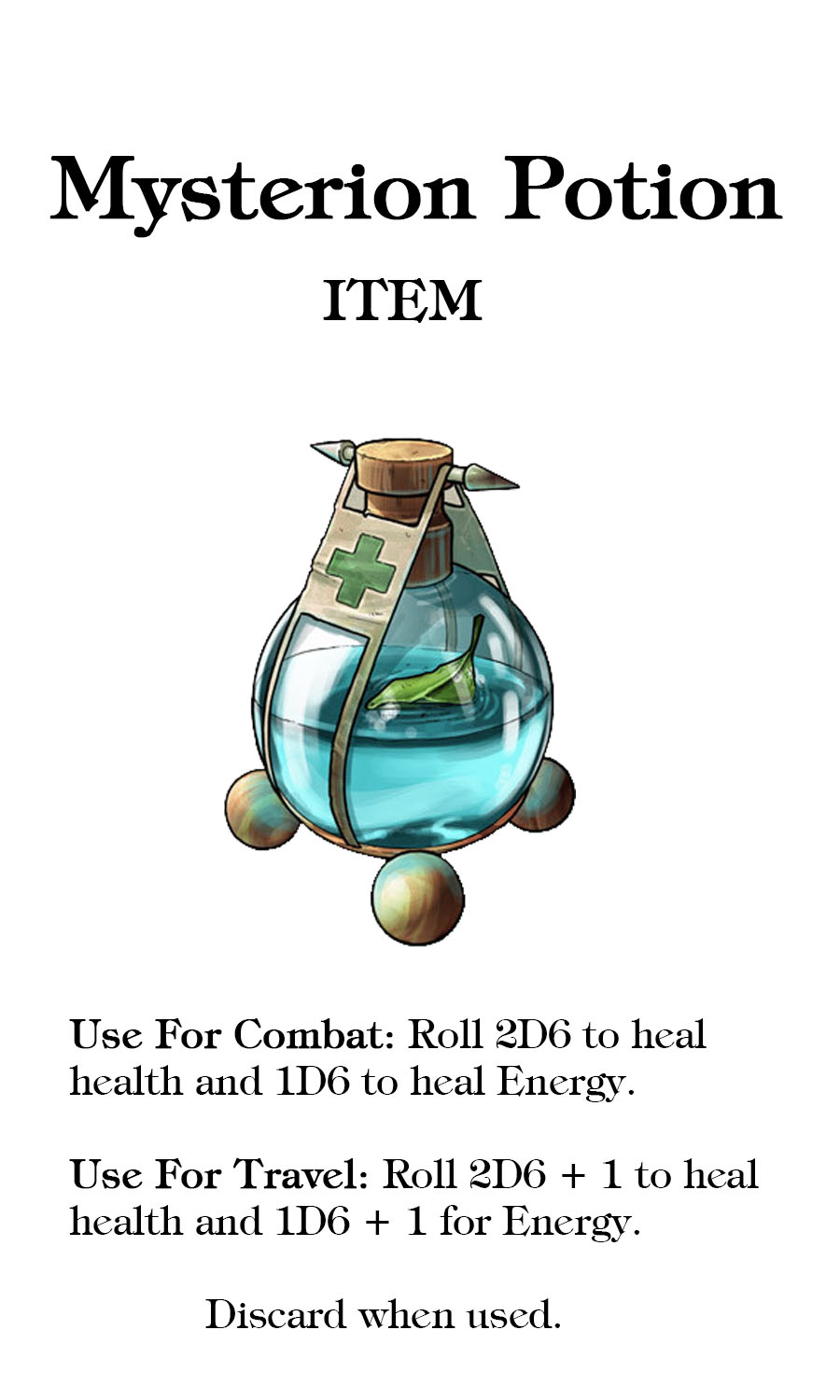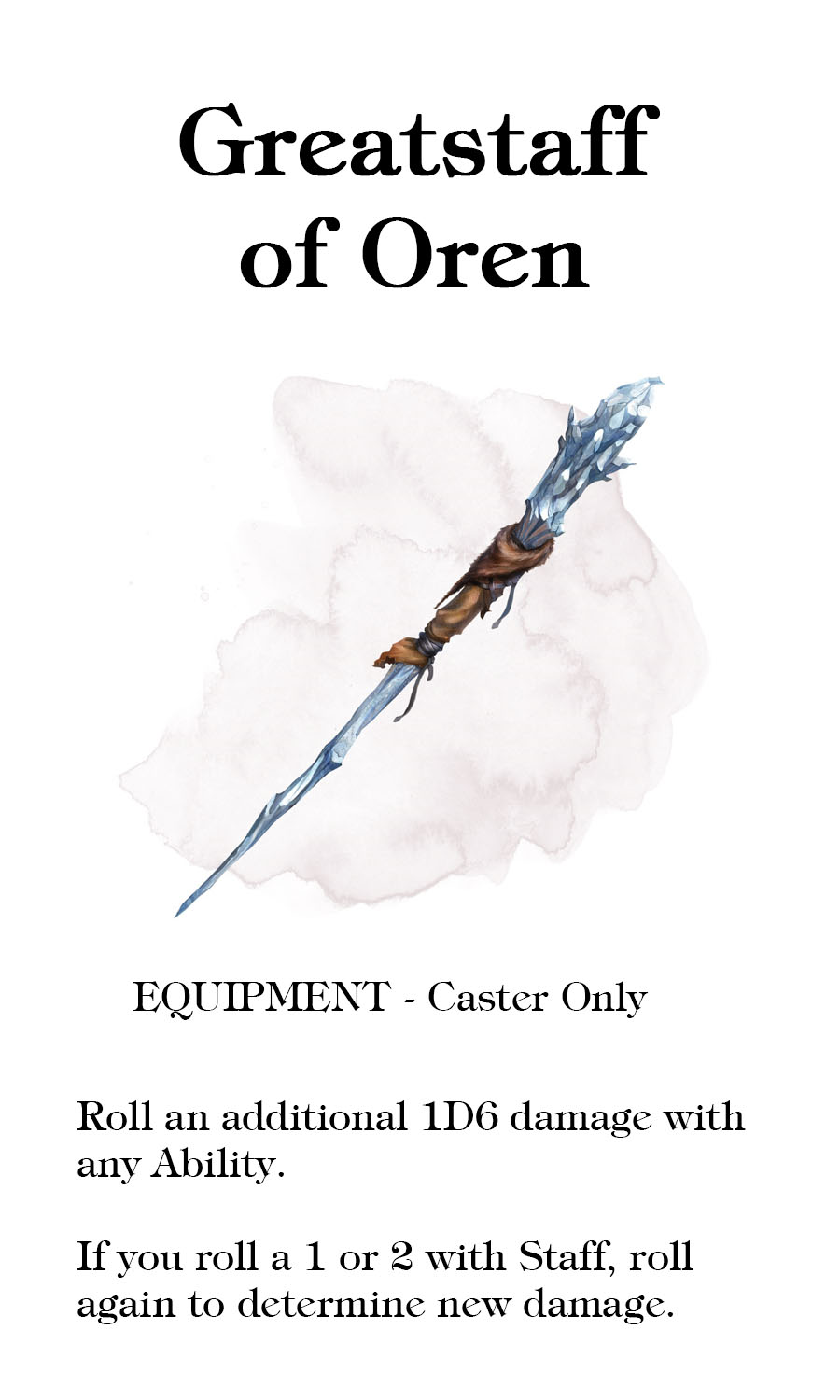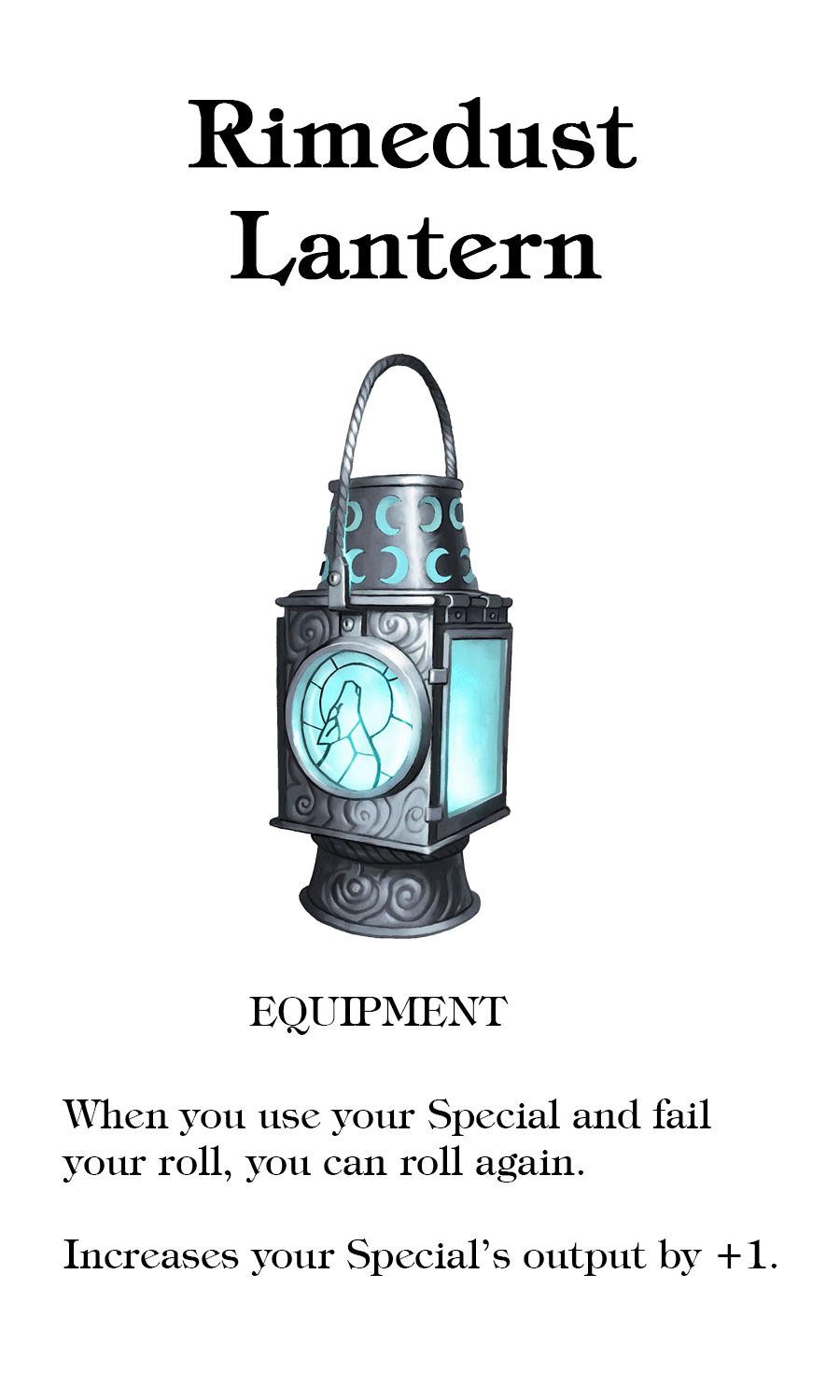Refinement in gameplay
Knightstone: Iteration 3
Pace of Combat
Character Sheet
The average playtime for the game extended by an additional 30-45 minutes per player, augmenting the initial gameplay duration of approximately 2 hours. To reduce the overall duration of gameplay, substantial modifications were implemented in the combat mechanics of the game.
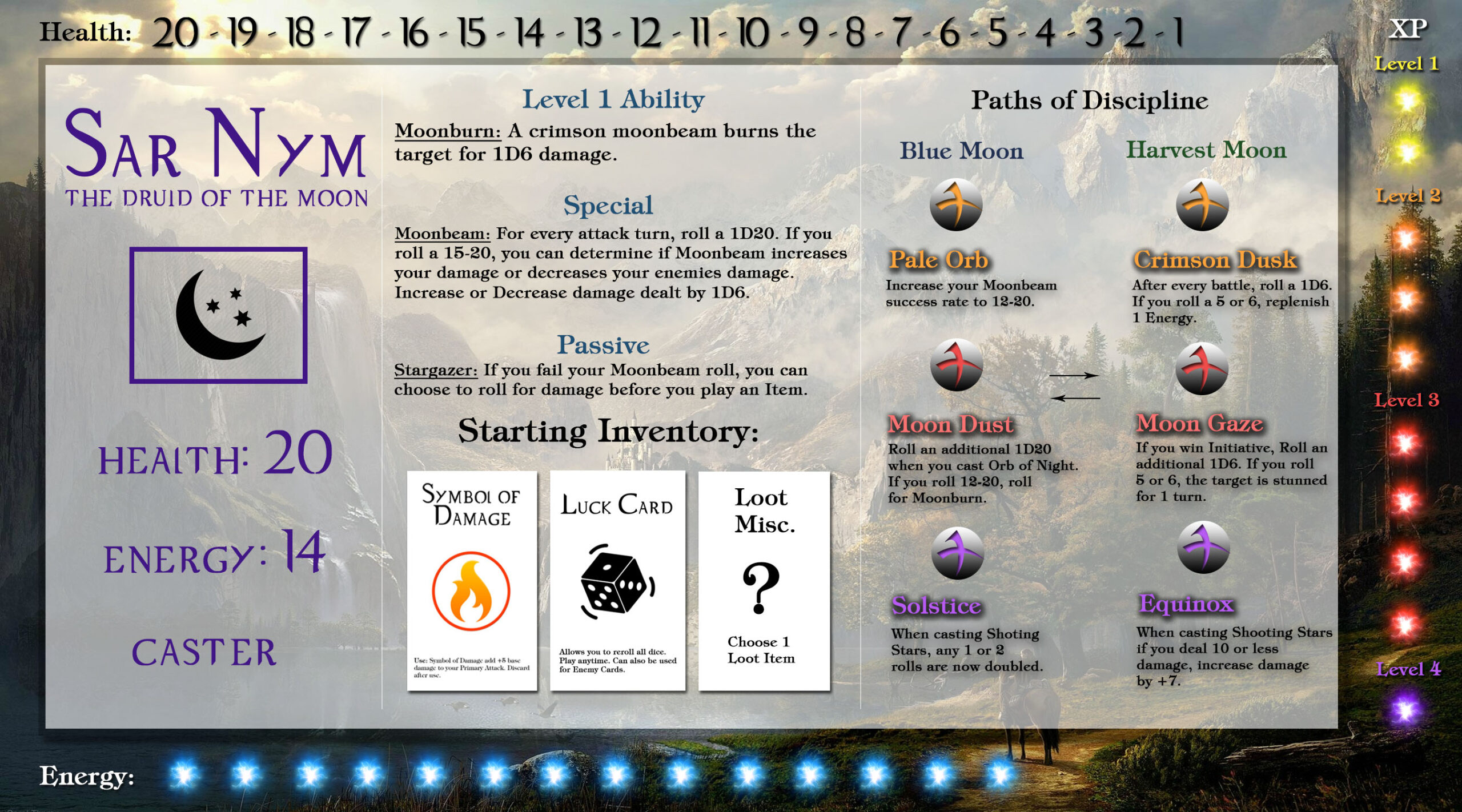
ImproveThematic Card Design
Artifact &
Wilderness Cards
Redesigned
Enemy Cards
Redesigned
Loot Cards
Redesigned
Equipment Cards
Simple Approach
Action and Rules

valuable learning opportunity
Knightstone: Conclusion
SHOUT OUTS
My intention was to not publish this game because I did not have an artist on commission at the time. I used a lot of D&D art assets I found on google images. Shout out to those artists. Their artwork showcased the kind of art that a future artist could draw inspiration from.
The map was designed using CC3+, Campaign Cartographer by Profantasy. I have been using this mapping program for all of my world map concept art.
Back to Iteration 1
The Conception
The vision of the board game. Play tests reveal one dimensional gameplay.
Back to Iteration 2
The Expansive Design
The goal was to create more player agency at various degrees of gameplay.

